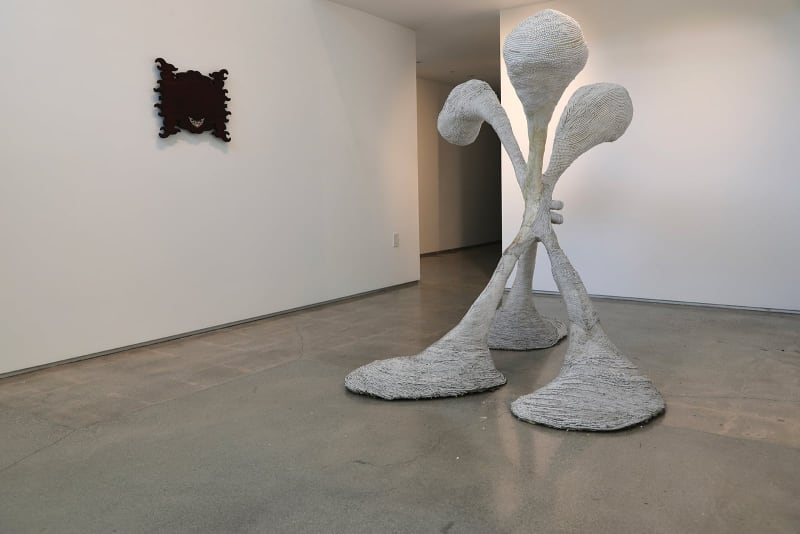PERCHANCE TO DREAM: CHANGE IN DEIXIS
Change is a – perhaps the – fundament of life. Nothing stays the same. Unless we unlock our imaginations and point them to the stars, however, we miss not only the changes but the very chance to make change. Through art, metamorphosis can be generated, and even directed. Indeed, knowing change may be art’s principal purpose.
Change is a – perhaps the – fundament of life. Nothing stays the same. Unless we unlock our imaginations and point them to the stars, however, we miss not only the changes but the very chance to make change. Through art, metamorphosis can be generated, and even directed. Indeed, knowing change may be art’s principal purpose.
Dreaming is also a way of effecting and shaping change, a tool – like art, but manifesting spontaneously and beyond conscious control – for seeing the world in a newer and/or deeper light. Dreams do what art can’t, and vice versa. Dreaming complements the making of art, and imagination yokes dreaming and artmaking together. Art renders the world a dream. Dreams render the world art.
The oldest human race on the planet, the aboriginal Australians, dream their way through waking life – and make art that codifies their dreaming. Their dreams are not simply narratives, but maps, guide books, holy scriptures, scientific documents. The aboriginals do not distinguish between the conscious and the subconscious; their vision burgeons in a perceptual twilight, a permanent hypnogogy molded to the land.
Artists, too, dwell in this frontier between outer and inner attention. Younger contemporary artists, in particular, have taken up where the surrealists of the last century left off. Latter-day art-dreamers take special inspiration from the sensuous resonance in the work of female surrealists, from Dorothea Tanning to Frida Kahlo to Kay Sage to Louise Bourgeois, artists who regarded the dream not just as a site for ideological stake and social change but also as a studio in one’s head – and heart, and skin.
This conflation of mind and body, dream and reality, change and fixity, the self and the other(s), appeals most keenly to younger women and gender-fluid artists, born as they’ve been into a society whose guidelines and labels become ever less fixed – to both the gain and the detriment of the non-dominant. Emerging women and queer artists are impelled by the discourse of art to see into the flux and become part of it. “Dreams in Deixis” is not meant as a show of contemporary women and non-binary artists per se, but as exercise of their perceptions and values and the grace, generosity, and virtuosity with which they share their grasp of today’s humanity with the rest of the species.
The artwork comprising “Dreams in Deixis” conflates the raw and the sensuous with the eccentric and fantastical, the elusive and illusory with the coarse and abject. These objects take unlikely form out of unlikely material, at once seductive and vulnerable, anxious and playful. They are you and the other at the same time, a revelation of complementary, even contradictory facets that attests to the complexity of human experience. They are dreams made palpable, change given substance. They are our best nightmares.
— Peter Frank
— Peter Frank

